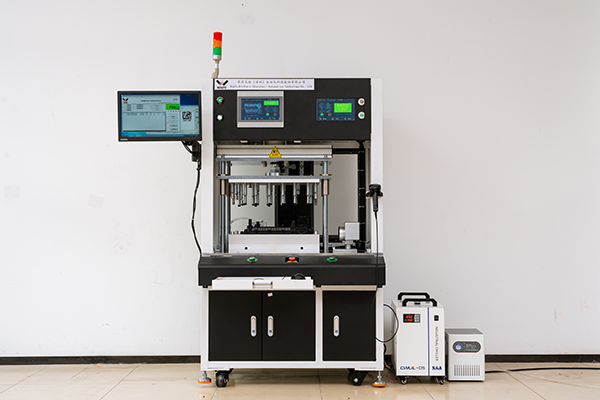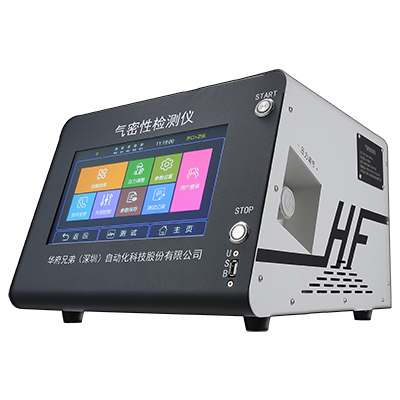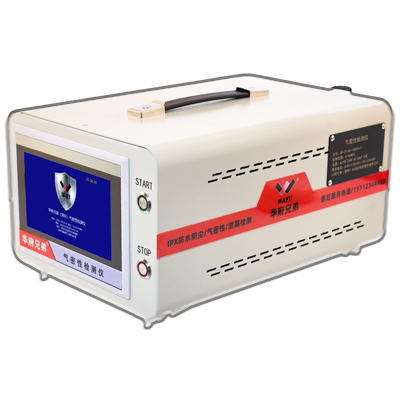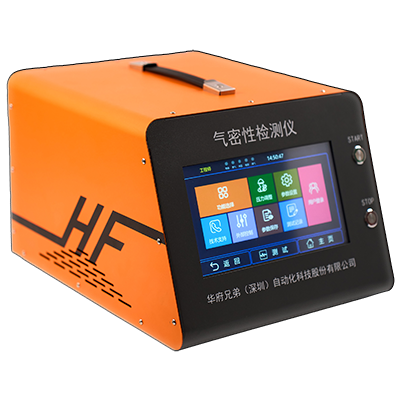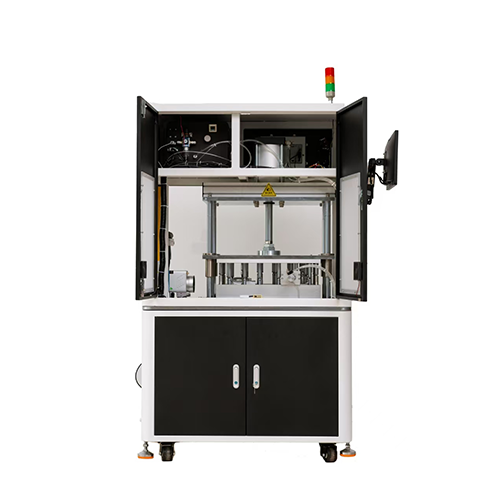Importance of Air Tightness Testing for Vehicle Monitoring Sensors
These sensors are typically mounted outside vehicles or near edges, exposed to rain, dust, extreme temperatures, condensation, and pressure variations. Poor sealing may cause:
| Issue | Description |
|---|---|
| Lens fogging/image blur | Impairs autonomous driving and assistance systems |
| Water ingress causing short circuits | Component failure/system errors |
| False alarms or unresponsiveness | Safety hazards |
| Failure to meet IP67/IP69K standards | Rejection by customers |
Therefore, high-precision air tightness testing (sealing verification) is essential during sensor manufacturing.

In 2023, a leading Tier1 supplier producing ADAS cameras for European OEMs implemented mass flow testing with automated fixtures, achieving 100% production-line testing with ≤0.2 sccm leakage, successfully meeting IP69K certification requirements.
Common Testing Methods for Vehicle Monitoring Sensors:
| Method ID | Method | Principle | Application |
|---|---|---|---|
| 1 | Mass Flow Method | Measures gas flow rate for leak detection | High precision for small electronics like cameras/radar Ideal for automated production lines |
| 2 | Differential Pressure | Detects pressure changes in test chamber | Cost-effective for simple, large-volume sensors |
| 3 | Helium Testing (R&D) | Detects micro-leaks for prototype validation | High-cost, time-consuming Used for leak location analysis |
Testing Procedure (Mass Flow Method Example)
| Step | Procedure |
|---|---|
| 1 | Place sensor in test fixture |
| 2 | Simulate actual sealing configuration |
| 3 | Pressurize (50-200 kPa typical) |
| 4 | Stabilization period |
| 5 | Measure leakage (e.g. ≤0.2 sccm) |
| 6 | Automated pass/fail determination |
| 7 | Data logging to MES for traceability |
Hood assembly air tightness testing is critical for vehicle protection, noise/heat insulation, and user experience - a key process for structural component functionality.
Recommended Products
